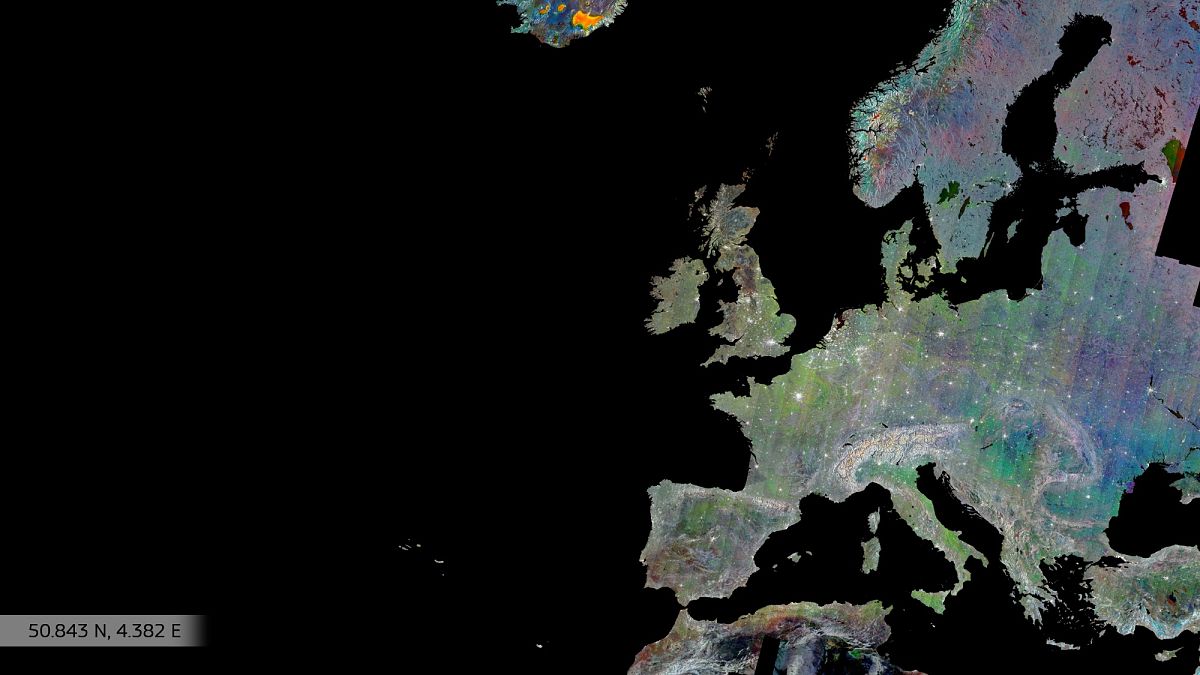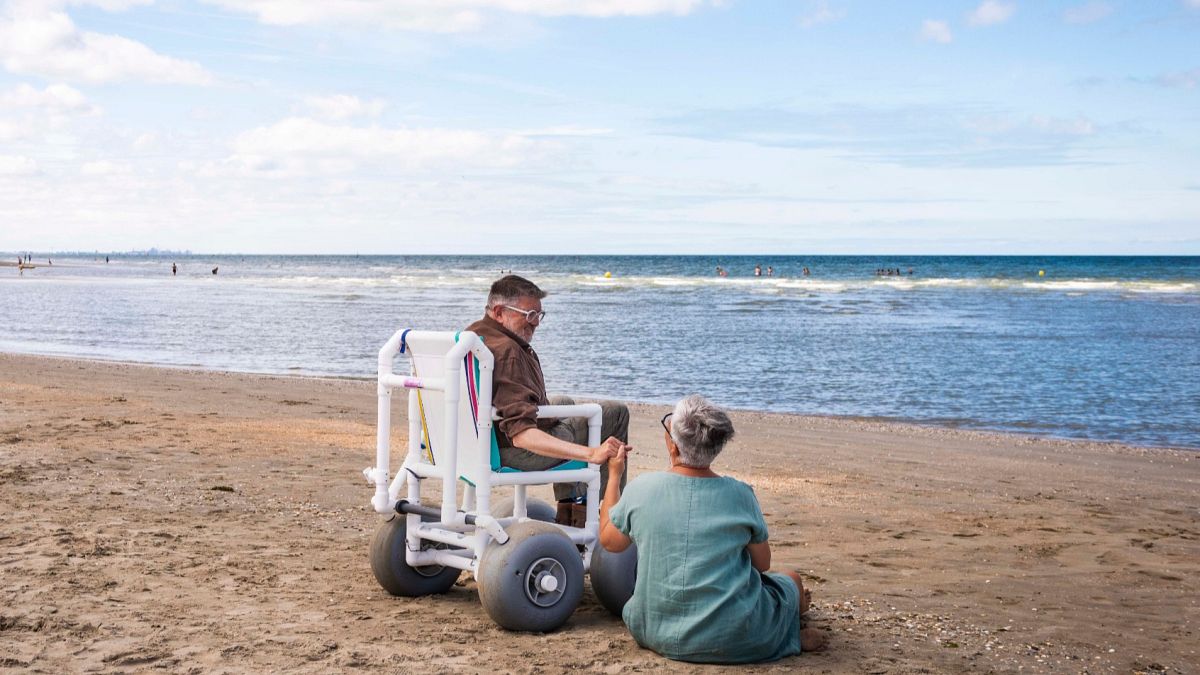ADVERTISEMENT
Summer is the peak season for swimming, and unfortunately, also for drowning incidents.
Across Europe and the world, drowning is one of the ten leading causes of mortality for children and young people aged one to 24 years.
In 2022, 4,810 people died due to drowning and submersion in the European Union, according to Eurostat.
This figure represents 194 fewer deaths than in 2021, a decrease of 3.9%.
The highest number of such deaths was reported in France, where 784 died such a death, followed by Germany (542), Poland (535), and Romania (472).
Among adults, half of all drowning deaths happen at sea, whereas one-third of drowning deaths among children occur in private pools.
The French government’s website indicates that the highest number of fatal drownings occur in the sea, followed by rivers, private pools, and other bodies of water.
The lowest numbers were seen in Luxembourg (1), Malta (3), and Cyprus (13).
As in previous years, more men than women died by drowning across all EU countries.
A 2024 study indicated that belonging to minority ethnic or migrant groups is a risk factor for drowning. Socioeconomic and cultural factors were recognised as key contributors to this disparity.
The report also found that knowing how to swim does not necessarily reduce a child’s risk of drowning.
Prevention of drowning fatalities
According to the World Health Organisation (WHO), drowning is a preventable cause of premature death.
Besides teaching basic swimming, water safety, and safe rescue skills to school-age children, the WHO recommends providing safe places away from water for preschool children, installing barriers to control access to water, training bystanders in safe rescue and resuscitation, and enforcing the use of life jackets in maritime transport.
Read the full article here















